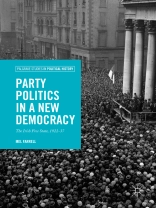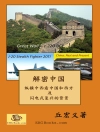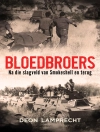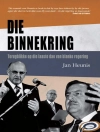This book offers a timely, and fresh historical perspective on the politics of independent Ireland. Interwar Ireland’s politics have been caricatured as an anomaly, with the distinction between Fianna Fáil and Fine Gael bewildering political commentators and scholars alike. It is common for Ireland’s politics to be presented as an anomaly that compare unfavourably to the neat left/right cleavages evident in Britain and much of Europe.
By offering an historical re-appraisal of the Irish Free State’s politics, anchored in the wider context of inter-war Europe, Mel Farrell argues that the Irish party system is not unique in having two dominant parties capable of adapting to changing circumstances, and suggests that this has been a key strength of Irish democracy. Moreover, the book challenges the tired cliché of ‘Civil War Politics’ by demonstrating that events subsequent to Civil War led the Fine Gael/Fianna Fáil cleavage dominant in the twentieth-century.
Daftar Isi
Part I: From Revolution to Statehood, 1919-27.- 1. Introduction: The Politics of Independent Ireland.- 2. ‘Substance Not Shadows: Sinn Féin and the Anglo-Irish Treaty.- 3. ‘The deplorable conflict’: Free State Politics and the Civil War.- 4. Aspirations and Realities: Cumann na n Gaedheal in Government, 1923-27.- Part II: A Stable Democracy, 1927-37.- 5. A Two Party System? Free State Politics in 1927.- 6. ‘Holding the scales even’: Cumann na n Gaedheal’s final years in power.- 6. ‘Holding the scales even’: Cumann na n Gaedheal’s final years in power.- 7. Political Realignment: Ireland in the 1930s, A Stable Democracy? 8. Fine Gael and Fianna Fáil: Common Origins & Separate Identities?.- Bibliography.- Index.
Tentang Penulis
Mel Farrell is Adjunct Lecturer of Irish and Southern African History at University College Dublin, Ireland, and Maynooth University. He has previously lectured at Maynooth University and Dublin City University (DCU), Ireland. He was also formerly a Government of Ireland (IRCHSS) scholar, 2009-11, and has published numerous articles in such journals as
Éire-Ireland and
New Hibernia Review.












